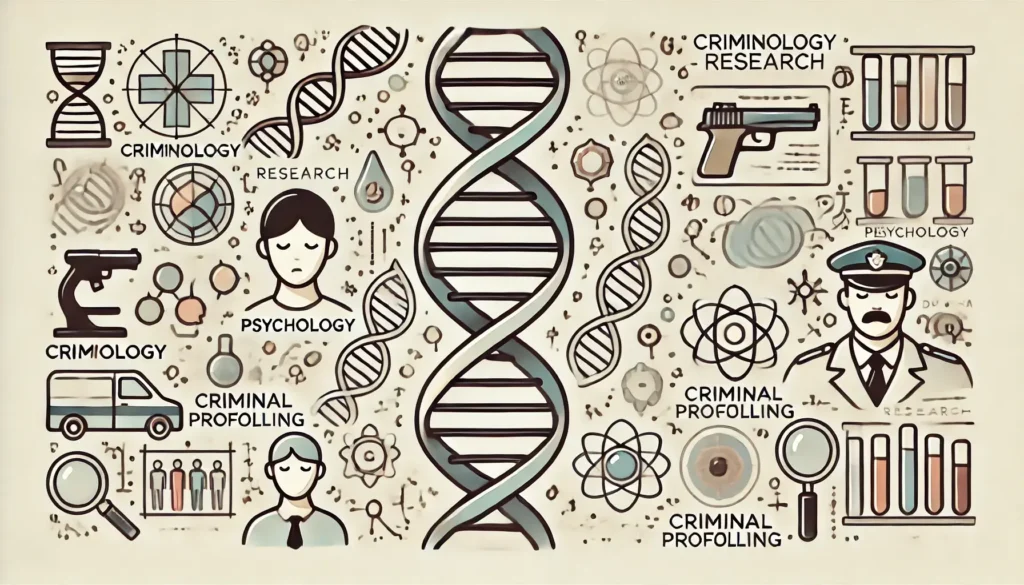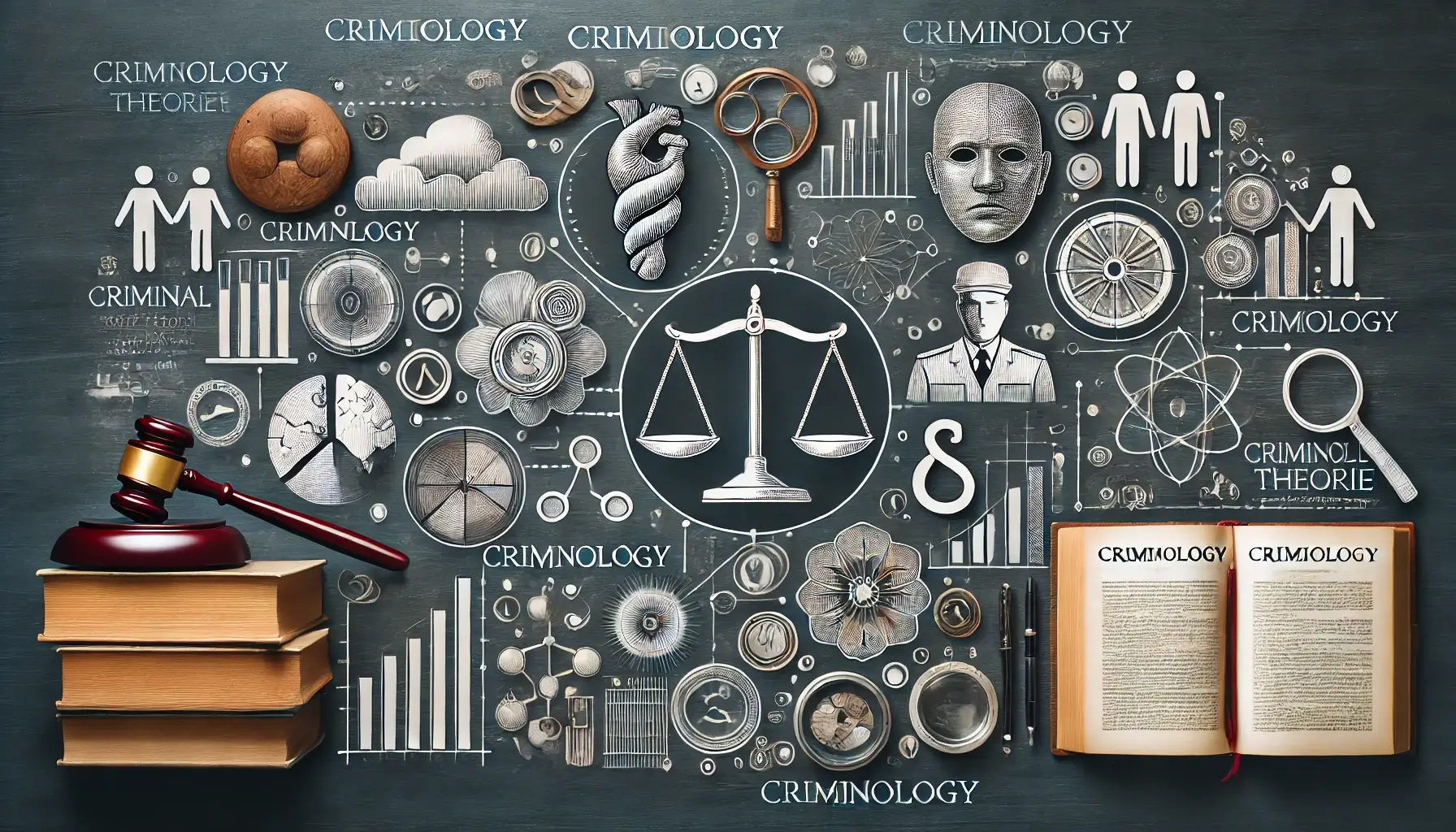criminality, the Criminal Formation Theory of Raffaele Garofalo Di Tullio stands out as a significant contribution. This theory, often referred to as the “Criminal Typology of Di Tullio,” presents a framework that integrates biological, psychological, and social factors to classify and understand criminal behavior. This article delves into the depths of Di Tullio’s theory, exploring its historical context, foundational concepts, methodology, implications, criticisms, and relevance to contemporary criminology.
Historical Context
The early 20th century witnessed a surge in criminological theories that attempted to bridge the gap between biological determinism and sociological explanations. Raffaele Garofalo Di Tullio, influenced by the works of Cesare Lombroso and the positivist school, sought to refine these ideas by proposing a more systematic typology of criminals. Di Tullio’s work emerged during a period when the interplay between heredity and environment was being intensely debated in scientific circles.
At the time, Lombroso’s concept of the “born criminal” dominated discussions. Lombroso’s idea suggested that criminal behavior was predetermined by biological anomalies. Di Tullio, while inspired by Lombroso, sought to go beyond these deterministic views by integrating psychological and environmental factors into his typological framework. His work reflected the broader positivist movement in criminology, which emphasized empirical observation and scientific analysis over philosophical speculation.
Key Concepts of Di Tullio’s Criminal Formation Theory
Di Tullio’s theory revolves around the idea that criminal behavior is not monolithic but can be categorized into distinct types based on various factors. These factors include biological predispositions, psychological traits, and environmental influences. The key concepts of his theory are as follows:
1. Criminal Anthropology
Di Tullio was heavily influenced by Lombroso’s notion of “born criminals.” He believed that certain physical and genetic traits could predispose individuals to criminal behavior. However, unlike Lombroso, Di Tullio did not view these traits as deterministic but rather as one component of a broader typology.
2. Psychological Dimensions
Incorporating psychological insights, Di Tullio argued that personality traits, such as impulsivity, aggression, and lack of empathy, play a crucial role in shaping criminal tendencies. He emphasized the importance of understanding the mental state of individuals to classify their potential for criminal behavior.
3. Environmental Factors
Di Tullio acknowledged the significant influence of social and environmental factors on criminal behavior. Economic deprivation, family dynamics, and peer influence were considered critical in determining the likelihood of criminal acts.
4. Typological Classification
Di Tullio’s typology categorized criminals into several types, each defined by a combination of the above factors. These types include:
- Born Criminals: Individuals with innate predispositions to criminality.
- Habitual Criminals: Those who engage in criminal behavior due to environmental and social conditioning.
- Occasional Criminals: Individuals who commit crimes under specific circumstances or due to situational pressures.
- Passionate Criminals: Those driven by intense emotional states or psychological triggers.
Methodology and Research
Di Tullio’s approach to developing his typology was rooted in empirical observation and case studies. He analyzed the behavior, background, and psychological profiles of convicted criminals to identify patterns and correlations. This methodological rigor allowed him to create a nuanced classification system that remains influential in contemporary criminology.
To gather data, Di Tullio relied on interdisciplinary research methods. He collaborated with psychologists, sociologists, and medical professionals to ensure a comprehensive understanding of criminal behavior. His work often involved detailed interviews, psychological testing, and physical examinations of offenders. By integrating diverse perspectives, Di Tullio was able to formulate a holistic view of criminality that went beyond simplistic explanations.
Implications of Di Tullio’s Theory
Di Tullio’s Criminal Formation Theory has had far-reaching implications for criminology, particularly in the areas of prevention, intervention, and rehabilitation.
1. Crime Prevention
By identifying the different types of criminals, Di Tullio’s theory provides insights into targeted prevention strategies. For instance, addressing environmental factors such as poverty and education can reduce the incidence of habitual crime. Additionally, early psychological interventions can help individuals with predispositions to criminal behavior manage their impulses and develop pro-social coping mechanisms.
2. Criminal Justice System
The typological approach aids in tailoring judicial and correctional measures to the specific needs of different types of offenders. For example, habitual criminals may benefit from social reintegration programs, while passionate criminals may require psychological counseling. The theory also underscores the importance of individualized sentencing and rehabilitation plans.
3. Rehabilitation
Di Tullio’s emphasis on the psychological and environmental dimensions of criminality highlights the importance of rehabilitation programs that address these factors. Educational and vocational training, along with therapy and community support, can help offenders reintegrate into society and reduce recidivism rates.
4. Policy Development
The theory provides a framework for policymakers to design comprehensive crime prevention and intervention strategies that consider both individual and societal factors. By addressing the root causes of criminal behavior, policymakers can create more effective and sustainable solutions to crime.

Criticisms and Limitations
While Di Tullio’s theory has been widely recognized, it is not without its criticisms. Some of the main limitations include:
1. Overemphasis on Biological Factors
Critics argue that Di Tullio’s typology occasionally leans too heavily on biological predispositions, risking a revival of deterministic thinking. This focus on biology can overshadow the complex interplay of social and environmental influences.
2. Lack of Empirical Validation
Although Di Tullio’s methodology was systematic, subsequent studies have found it challenging to empirically validate some of his classifications. The reliance on anecdotal evidence and case studies has been a point of contention among criminologists.
3. Simplification of Complex Behavior
The typological approach, by its nature, may oversimplify the multifaceted and dynamic nature of criminal behavior. Critics argue that rigid classifications fail to account for the fluidity and variability of human actions.
Modern Relevance
Despite its limitations, Di Tullio’s Criminal Formation Theory remains relevant in contemporary criminology. Advances in neuroscience, psychology, and sociology have provided new tools to refine and expand upon his ideas. For example:
1. Integration with Neuroscience
Modern neuroscience has validated some of Di Tullio’s insights into the biological basis of criminal behavior, such as the role of brain structure and genetics. Studies on neural pathways and their influence on aggression and decision-making have provided empirical support for his ideas.
2. Holistic Approaches
Contemporary criminologists have built upon Di Tullio’s work by adopting holistic approaches that integrate biological, psychological, and environmental perspectives. This multidimensional framework aligns with modern understandings of criminal behavior as a product of complex interactions.
3. Predictive Analytics
The advent of big data and artificial intelligence has enabled criminologists to develop predictive models based on typological classifications, aiding in crime prevention and resource allocation. Di Tullio’s typology serves as a foundational framework for these technological advancements.
Conclusion
Raffaele Garofalo Di Tullio’s Criminal Formation Theory represents a pivotal moment in the history of criminology. By offering a nuanced classification of criminal behavior, he bridged the gap between biological determinism and sociological explanations. While the theory has faced criticism, its core principles continue to influence modern criminological research and practice. As we advance in understanding the complexities of human behavior, Di Tullio’s contributions serve as a foundation for exploring innovative approaches to crime prevention, intervention, and rehabilitation. His legacy endures as a testament to the enduring quest for knowledge and understanding in the field of criminology.

